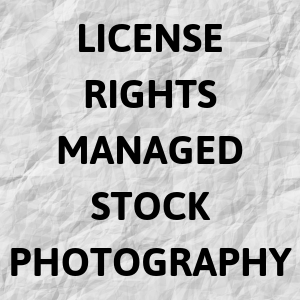There are a lot of stock images out there and a few different licensing models from which to choose. Please read on to learn why I prefer licensing my images as rights-managed stock photography, how I can be of service to you, and the licensing models available in the industry.
The stock photography platform that I use is temporarily under reconstruction. Please be patient while I re-design this area.
Please visit the website where I sell fine art prints of my work. There you can view some of my work and purchase a print. By the way, they’ll look good as wall decor and are great to give as gifts.
If you’d like to learn about what makes a fine art photograph, fine art, read this article about fine art photography.
Rights Managed Stock Photography Offered by Sam D’Amico.
- Keyword searchable
- High-resolution files are available for prompt download.
- Online licensing and payments.
View Photographs
Here’s the link to see the gallery–>https://photographs.samdamico.com
Why Do I license my pictures as RM stock photography
From my perspective as a professional photographer.
In short, I prefer licensing my work as rights-managed stock photography because I want to know who is using it and how they are using it. In addition, I license my work directly to clients instead of a through third-party aggregators. And, because licensing is directly through me, I often get the opportunity to speak with clients and negotiate the license price or assist them in ways I couldn’t by licensing through a third party.
Furthermore, I don’t want my work overused. In other words, I think that a frequently used picture is less valued.
When considering the clients I work with.
Sometimes, a client is concerned about the licensing history of a picture.
Usually, the concern is over brand identity. And because I license my work directly to clients as RM stock photography, I can give the client an accurate licensing history of a photograph.
Which type of licensing model is right for your project?
That’s a question that only you can answer.
But if you need some help feel free to contact me.
I’ll do my best to work with you to ensure the success of your project.
What is stock photography?
In brief, stock photography is a supply of photographs made available for licensing for specific uses.
A brief history of stock photography.
Although many people think the stock photography industry is relatively new, this isn’t. Contrary to what most people think, the stock photography industry has been around since the 1920s.
And while the industry has been around for a while, new licensing models and ways to distribute and license work have arisen.
The Internet has changed everything!
View photographs and purchase a license for rights-managed stock photography
(Sam has more pictures available than currently shown. Give him a call to discuss what you’re looking for.)
Licensing models of stock photography.
In general, there are three models of stock photography licensing.
I’ll list them and then go into a brief but more detailed explanation.
- Public Domain Stock Photography
- Royalty-Free Stock Photography
- Rights Managed Stock Photography
Public Domain Stock Photography (PD)
In sum, works in the public domain mean that the exclusive intellectual property rights have expired, are inapplicable, or have been forfeited.
In other words, anyone can use these works for whatever reason, with no licensing fee.
Royalty-free Stock Photography (RF)
This licensing model allows the licensee to use the work without restrictions based on a one-time payment.
This allows the picture licensee to use it repeatedly without having to pay for additional licenses for those uses.
RF licenses cannot be offered on an exclusive basis.
Sometimes, this can be a problem for the users of the images. Because since the images have no “exclusivity,” the same image can be used by multiple users simultaneously.
Rights-managed Stock Photography (RM)
In contrast to RF, Rights-managed stock photography licensing requires an individual, one-time limited-use license to be purchased for each use of the work.
This is an exclusive license and ensures that the use of the work will be exclusive to the user based on the specifics of the license.
In other words, the image can only be used by the person/company licensing the image and can only be used in the way specified on the license.
View photographs and purchase a license for rights-managed stock photography
(Sam has more pictures available than currently shown. Give him a call to discuss what you’re looking for.)
The pros and cons of licensing stock photography.
Without a doubt, stock photography has its pros and cons.
With this in mind, I’ll keep my opinion brief.
Public Domain (PD) Stock Photography
PD stock photography is free to use by anyone. With PD stock, a brand identity can be an issue because with PD stock the license is not exclusive. Because of this, the ads/campaigns from one company can look and feel similar to the ads/campaigns of another. However, if brand identity isn’t an issue, PD photography is free to use.
Royalty-free (RF) Stock Photography
RF stock has the same brand identity issues that PD stock photography has for the same reasons. So, if brand identity isn’t an issue, RF licensing is relatively inexpensive.
Rights Managed Stock Photography (RM)
With RM stock, depending on the use, the licensing fee can be pricey. However, the RM photography model provides the client with the assurance of exclusivity. In addition, the exclusivity keeps brand identity throughout the period of the licensing.
In closing, I believe that RM stock photography is THE BEST way to ensure that the money you spend on stock photography in your advertising and marketing efforts will provide you with the best value because of the exclusivity of the license and the uniqueness of the image.


